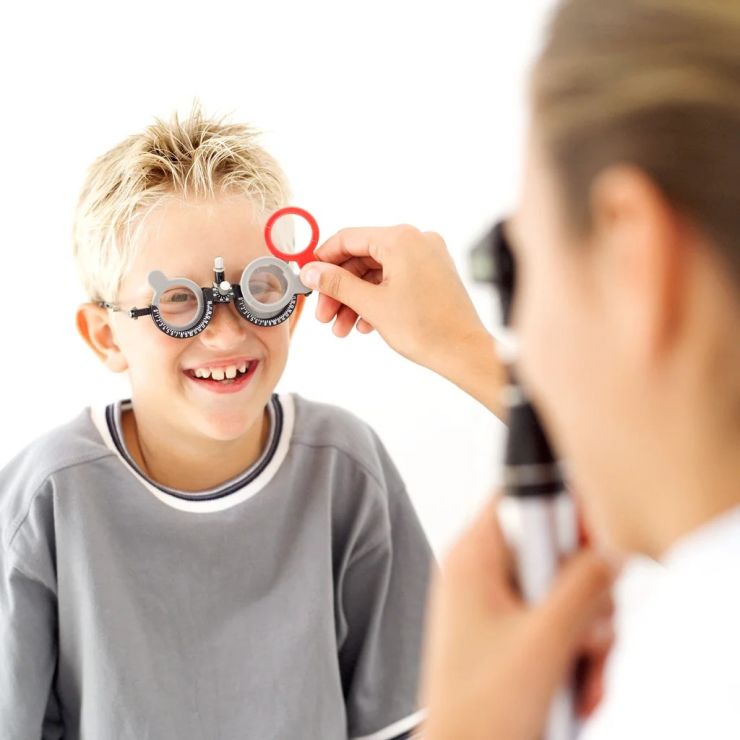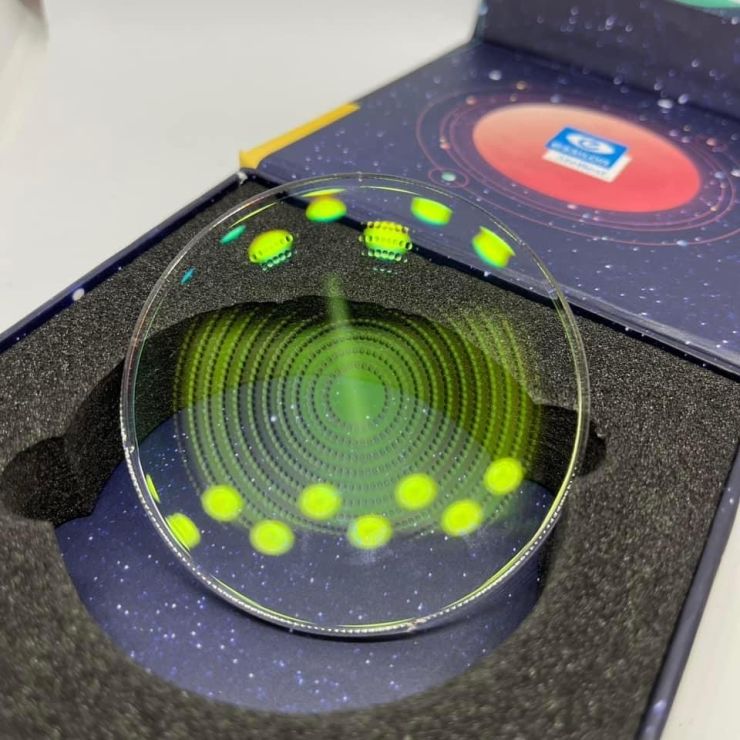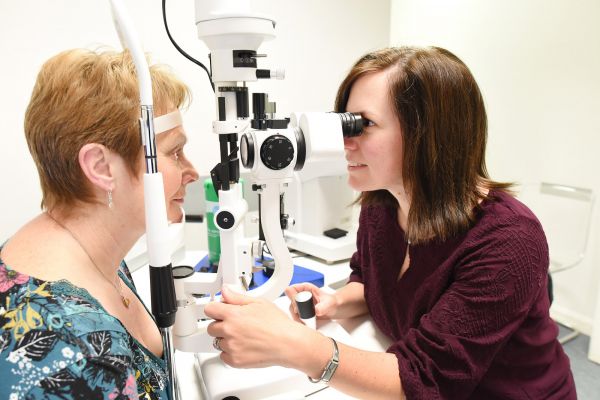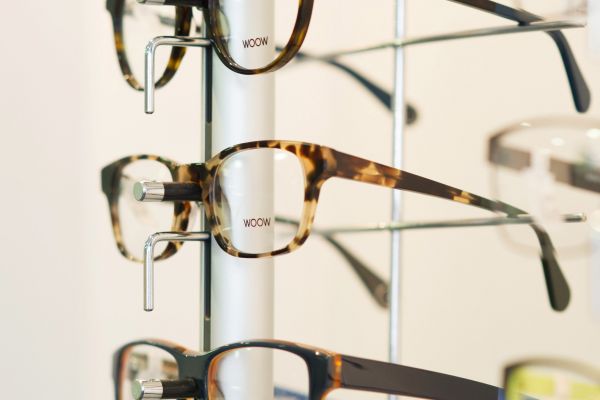Contact us for an appointment
What is Myopia?
Myopia or short sight is where the eye grows fractionally longer than it should. This causes the image in the eye to be created in front of the retina giving the person blurred vision therefore requiring spectacles or contact lenses to see distance vision clearly.
Myopia is becoming increasingly more common in the population, with 35% of children currently becoming short sighted and this is predicted to increase to 50% by 2030.
It is a progressive eye condition usually starting from the age of 7 or 8. The trend is usually for Myopia to increase as you grow and generally stabilising when you reach your early 20’s. There are various factors that can cause myopia to begin to develop including genetics and lifestyle.
Extensive research has been carried out in Asia and Australia over the past 10 years where myopia has become increasingly prevalent amongst the younger population with up to 80% of children in countries like Taiwan being Myopic. This research has developed various methods that can be used to slow the progression of myopia by up to 60%.
Why is it important to slow the progression of Myopia?
Myopia as well as giving blurred distance vision without glasses or contact lenses also gives an increased risk of developing various eye conditions later in life, such as Glaucoma, Myopic Macular Degeneration and Retinal detachment. The prevalence of these conditions increases significantly with each unit (dioptre) that the Myopia increases.

What can be done to reduce Myopia?
There are various Interventions that can now be done to reduce the progression of Myopia. Spending time outside and holding near tasks further away (at least 30cm) has been shown to help.
Following extensive research, various types of spectacle lenses and contact lenses have been developed and have been shown to reduce the progression of Myopia by up to 60%. As Myopia is progressive and the strength of correction required increases as you grow, these lenses can significantly reduce how much the Myopia progresses.
For example, if Myopia is starting to develop at around 9 or 10 you could end up with a correction of around -6.00 dioptres this can be restricted or reduced to about -3.00 dioptres with the correct intervention.
What is available to reduce Myopic progression?

- Spectacles lenses – Stellest By Essilor or Miyosmart by Hoya
- Soft Daily Contact lenses – MiSight by Coopervision
- Gas Permeable Contact Lenses worn overnight – Ortho-K
The spectacle lens offers normal spectacle wear for the individual but has obvious draw backs when it comes to sports and an active lifestyle.
Soft Daily contact lenses offer the advantage of contact lenses which are great for most sports (soft contact lenses are not suitable for swimming) and have the advantage of being spectacle free. The wearer does however have to be able to handle the lenses themselves.
Ortho-K is a very different method of wearing contact lenses. You wear a rigid, gas permeable lens overnight (like a retainer for our teeth), this gently re-shapes the front surface of the eye leaving the wearer glasses and contact lens free for the day. This does however have an adaptation period, getting used to the lenses and becoming glasses free can take up to a month but once there you are glasses and contact lens free for the day and have no limitations on things like swimming.
At Raison Opticians we have all these methods available to us. They all have a very similar efficacy on the reduction of Myopic progression, each method has various benefits with some being more suited to some patients than others.
If you are interested in more information feel free to contact the practice or discuss this at your next eye examination.



